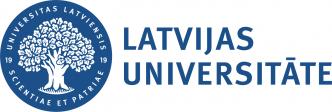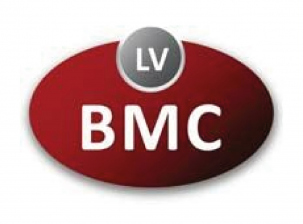Clinical, biochemical, immunogenetic paradigms of Covid-19 infection and their correlation with socio-demographic, etiological, pathogenetic, diagnostic, therapeutically and prognostically important factors to be included in guidelines
Aim
Description
Consortium 6.3. partners
- Rīga Stradiņš University
- University of Latvia
- Latvian Biomedical Research And Study Centre
The aim of the study is to identify the socio-demographic, clinical, biochemical, molecular and immunological factors influencing human susceptibility to the virus, diagnosis of the disease as well as the course, treatment results and post-infectious consequences. It is planned to recruit patients with various degrees of COVID-19 severity and also asymptomatic cases of SARS-CoV-2 infection. Data obtained in Latvian population will be important considering differences in spread of the disease and symptoms in various populations. The data will allow to develop clinical algorithms and guidelines, improve diagnosis and treatment efficacy and reduce lethality. Information obtained will allow us to perform comparative analysis with data from other countries and will allow to adapt World Health Organization’s guidelines in Latvia.
Project achievements
Due to the fact that SARS-CoV-2 affects many patients' organs, patients with COVID-19 infection have in the past undergone contrast-enhanced chest CT scans with a 64-layer computed tomography protocol and a high-resolution scan of the potentially damaged lung tissue. All patients underwent MRI with 3 Tesla strong magnetic field devices for the abdominal cavity to diagnose possible lesions in parenchymatous organs using standard examination sequences (FSE T2; FSE T1; SPGR in phase, out phase) and diffusion weighted image (DWI), with various increasing b values (50; 200; 800; 1000; 2000) as well as the determination of the apparent diffusion coefficient (ADC).
Ultrasound examinations for abdomen and lymph nodes for various COVID-19-induced liver, kidney and spleen lesions were performed using standard examination regimens (B Mode, color Doppler) and additional multiparametric evaluation of the liver by elastography using the US transverse method (2D SWE) was performed, evaluating signs of hepatic fibrosis and viscosity as well as the degree of steatosis. The radiological findings were correlated with laboratory findings and clinical data.
The project found that COVID-19 patients had changes in liver viscosity, elasticity, confirmed liver damage by abdominal ultrasonography and multiparametric liver assessment, and would be recommended as a screening method for further evaluation. For the most part, lung findings did not show specific signs of illness results, suggesting a high potential for recovery of lung tissue after disease. No specific changes in lymph nodes and other parenchymatous organs were observed.
The project has developed a section on COVID-19 guidelines for prognostically relevant aspects of radiological discovery.





